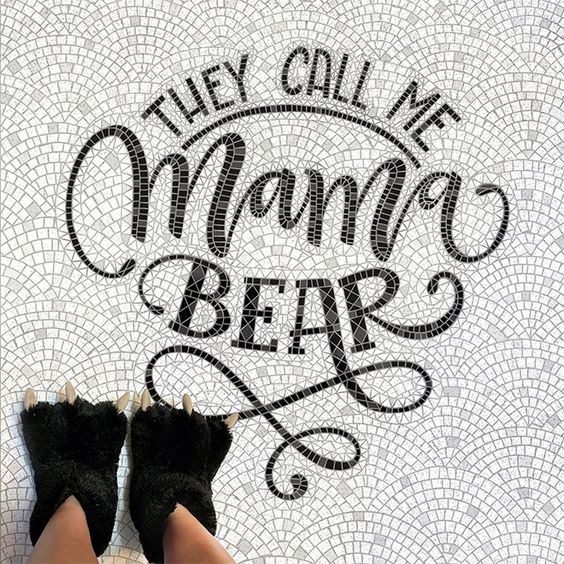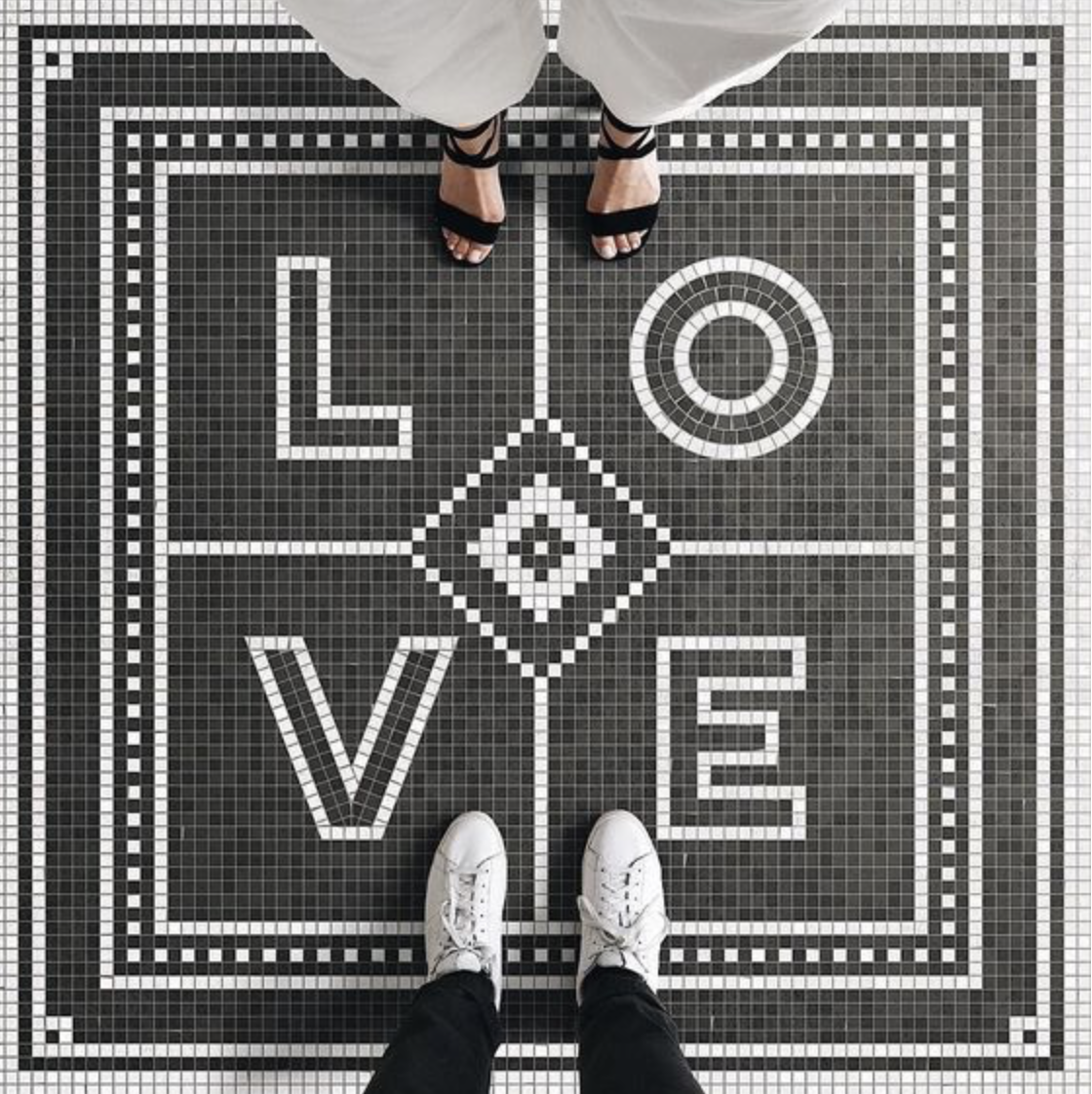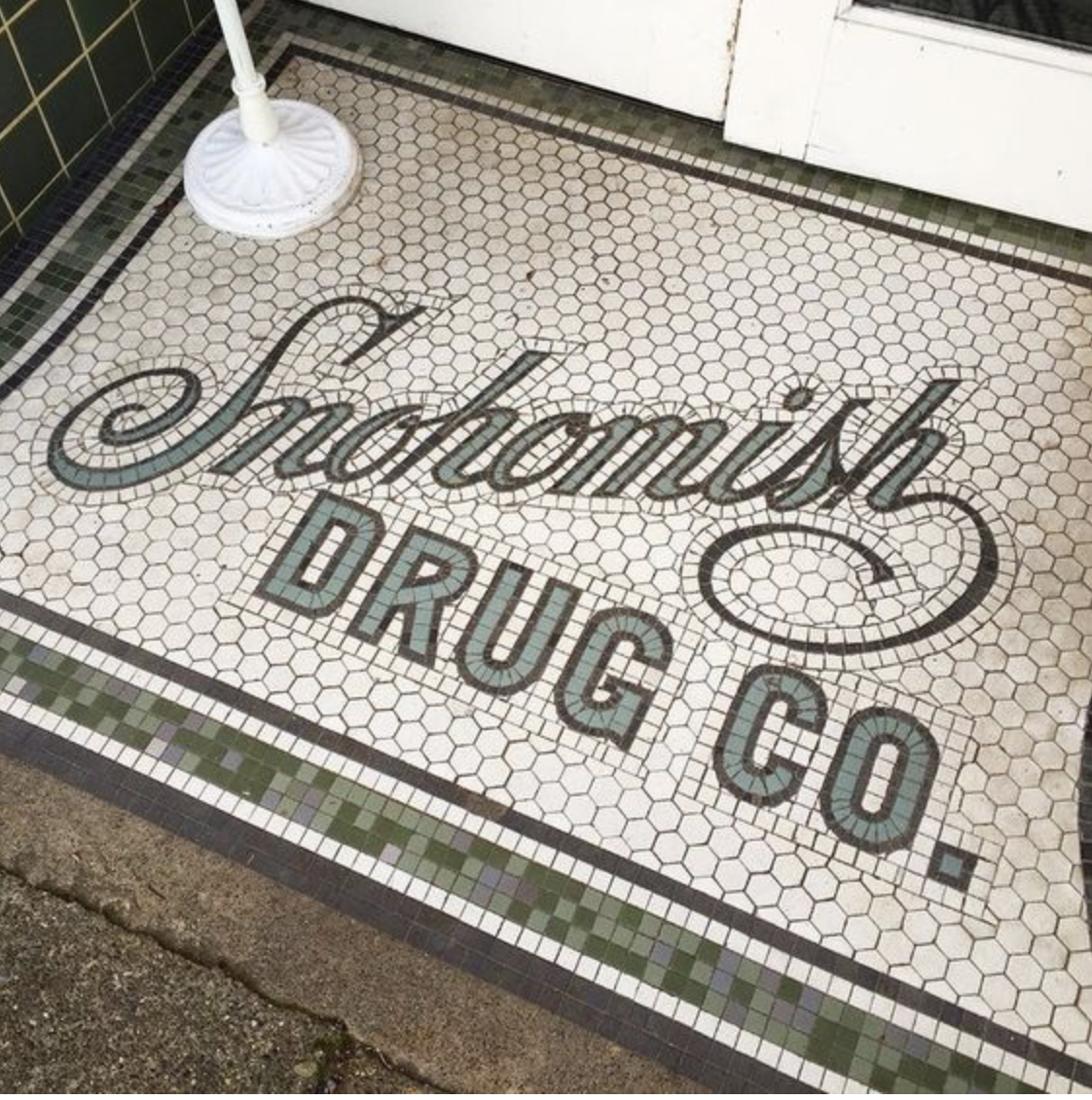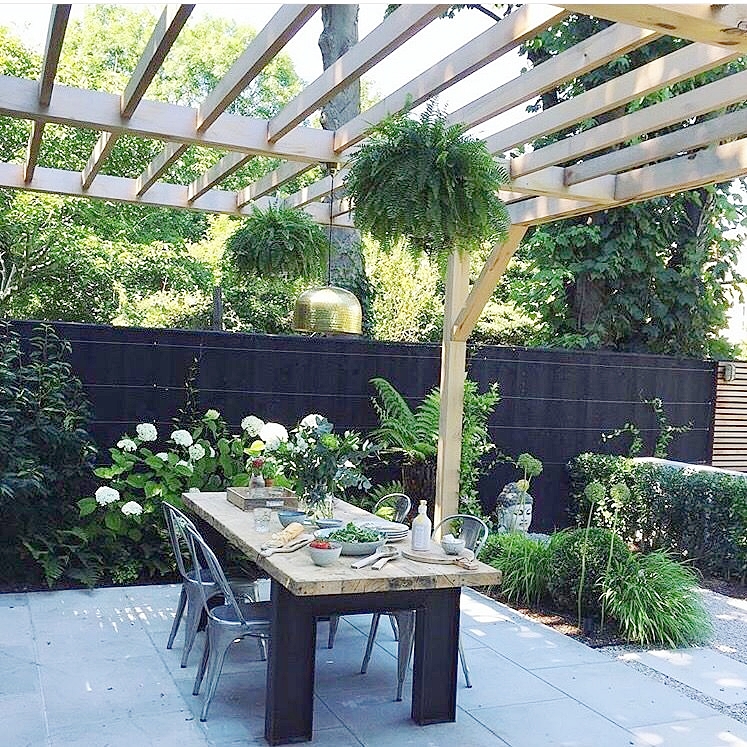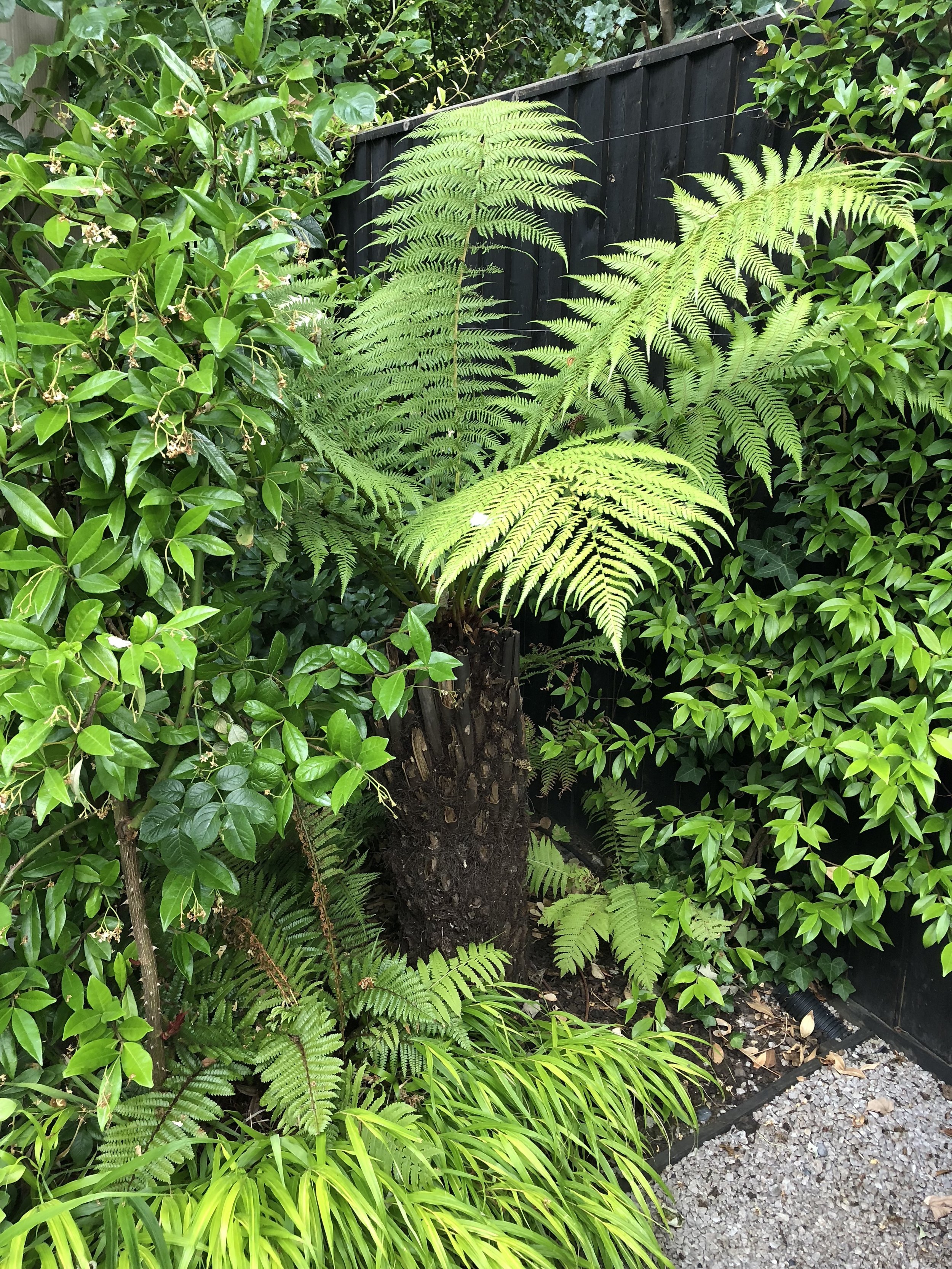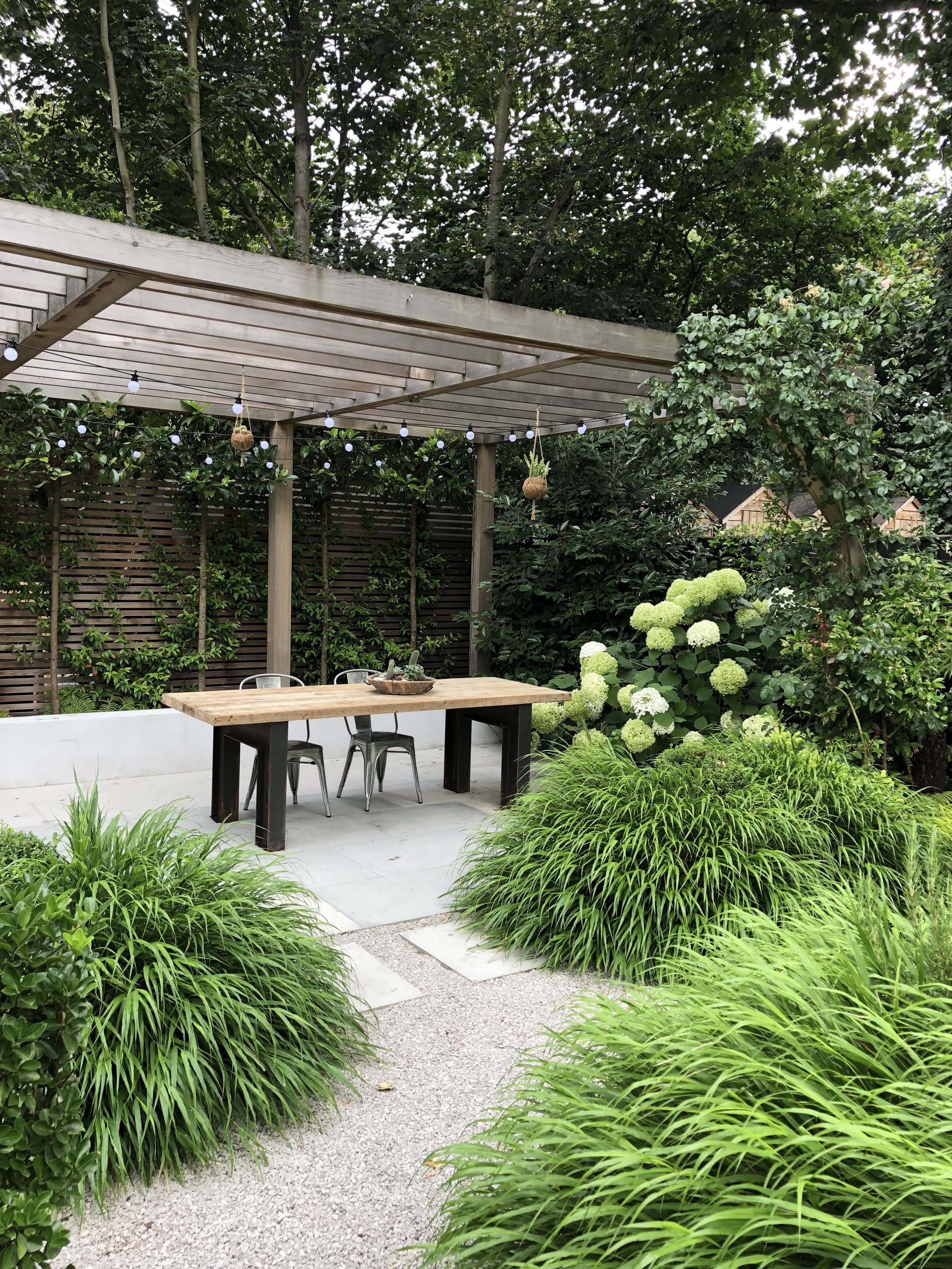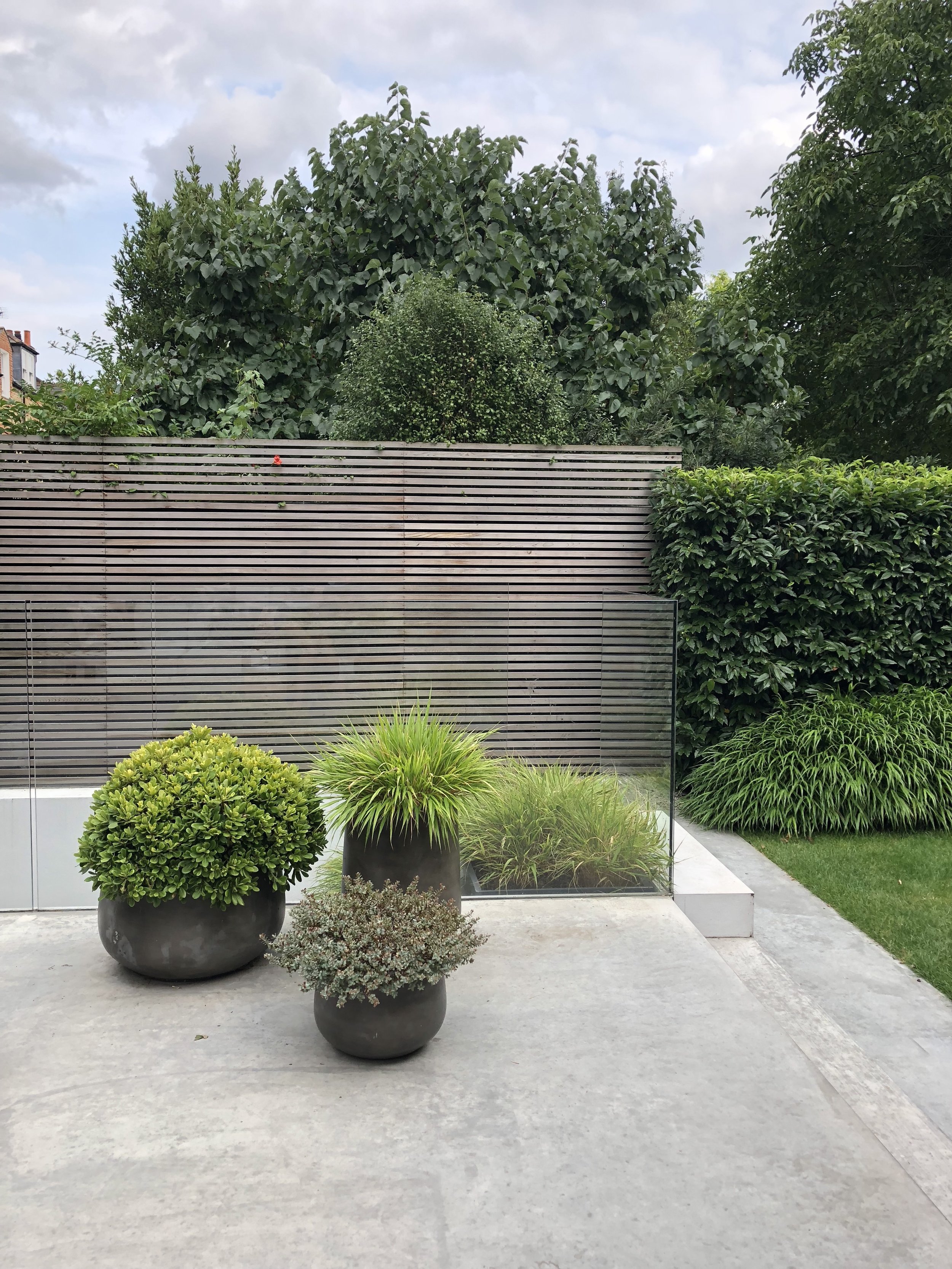5 HOUSE CURIOUS THEMES THAT YOU CAN BORROW
Sommer Pyne
House Curious (Photography by Michele Sinclair)
Home bar
When we first told people that we were putting in a home bar the reaction was mixed. Some thought it was genius and others thought it was a bit over the top. I love the idea and I love sharing it with my friends even more. The home bar trend seems to have caught on and no matter how big or small your space is you can create your own home bar. Think bar carts, drinks cabinets or even a side table with your favourite tipple, decanter and glasses. The thing I love the most about a home bar is that it’s all about socialising with friends, and that my friend can only be good.
House Curious (Photography by Rei Moon and Sommer Pyne
Plants are my go to accessory
Styling your home with plants is a great way to add life and warmth to any space or home. Plants are an instant mood booster and will lift any dead space. No matter if you like the minimal style or more eclectic look there will always be a plant to suit your style. Plants also have lots of health benefits from eliminating harmful toxins to helping with mental health. Caring for a living thing gives us purpose and is rewarding — especially when you see a living thing bloom and thrive.
My favourite place to buy plants is the New Covent Garden Market but if you don’t have a car then Patch Plants have a home delivery service in London.
House Curious (Photography Gavin Smith) and Le Riad Yasmine
Get creative with tiles
You can have so much fun with tiles and this exactly what we did when we designed our bathroom in the basement. The powder room, a little tongue in cheek and always a good conversation starter. Our inspiration came from classic tile mosaics you might find in hotel foyer, bistro or subways from cities like New York, Paris and London. I always think it’s nice to come up with something that’s original or personal to you. I’ve seen people copy exactly what I’ve done and that’s fine, but I think it’ll always mean so much more if it’s personal to you. Here are some images to get you started…
Clock wise starting at the top right : Nicole Ramasy @melissaambrosini, House Curious, Merry Little House, Total Beauty, @ethnicity_soul
Wellness centric home
Wellness is more than just exercising and eating well, the environment in which we live can also have an huge impact on the way we feel. My home is like a sanctuary to me and I designed it to encourage good habits and a place where I can feel energised or calm. Each room was designed with how I want to feel followed by the functionality of the room. As part of creating a wellness centric home think about creating a zone where you can unwind and clear your head after a long day. You can create a corner dedicated to this or if you have the luxury use a whole room with this in mind. Add books, yoga mats, meditation cushion, musical instruments, salt lamps, essential oil diffusers. Low lighting and candles are great to help you get in the mood. Remove all technology like TV’s, laptops and phones.
House Curious
Spa bathroom trend
You only have to look at Pinterest to realise that the spa trend isn’t going away and it also plays into wellness within the home. If you’re renting or not in renovating mode here are few things you can do to easily create that spa like feeling at home.
Have all your beauty products on display by your bath in a tray for that hotel look. This will also encourage you to use them.
Hang a bunch of eucalyptus in the shower and when it steams up you will get a wonderful fresh smell of eucalyptus.
Burn candles and add essential oils to your bathroom.
Bring the outside in with as many plants, the more the better in my opinion. Hang them, place them on stools or in pots. If you’re limited on space hanging them from the ceiling is a great way to incorporate some greenery.
Add warmth and textures by adding luxury bathmats and fluffy large towels.
Place hand soap and hand cream by basin. Our favourite is Grown Alchemist






